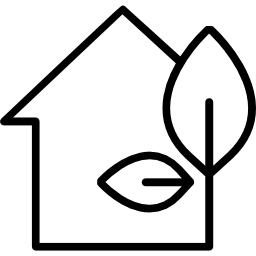Energy Committee
Due to the
alarming growth rate of global warming, a lot of individual designers and
companies are aware of the need for more energy efficient structures and these
requirements are gradually being addressed around the globe. Efforts made to
attain sustainable solutions have yet to meet their fullest potential in
creating new generations of high-performance green buildings.
Traditionally,
architects and engineers have found it difficult to effectively use Building
energy performance simulation tools because their processes are based on 2D
manually-created drawings. This characteristic is necessitated by the lack of
integration among the tools and between design models and building energy
models.
The energy
simulation tools are not architect friendly and they are too complex for the
architects besides the tools are not compatible with architects’ working
methods and needs. This fact causes the limited benefits from the energy
simulation tools by architects during early design stage. Not to mention is
another fact that architects are novices in the energy simulation field.
Therefore, they lack simulation know-how. This weakness impedes architects from
using energy simulation tools regularly, leading to the most architects
preferring simple energy simulation tools without collaboration even though it
is critical for performance-based design.
The major issue with the implementation of performance-based design is how effectively integrate different technologies that exist across multiple domains and provide comprehensive building performance analyses in the design process in a collaborative manner.
Another
challenge is inadequate knowledge of design tools recommended for use in
sustainable design. When a design team does not have adequate knowledge of the
design tool to adopt for a proposed design, they are limited, in the sense that
BIM is an innovative tool. BIM tools’ use requires skilled technicians to
realise the full potential of the tools. This will provide clarity amongst the
stakeholders and will, over time, mean a reduction in having to convert drawings
from one file format to another for the files to be compatible.
A ‘cradle to
grave’ perspective refers to the value-chain that acknowledges all the parts of
the design process, the construction process, utilisation and even the
demolition of structures. Any energy efficiency enhancements during building
occupancy could form the greater proportion of the building’s life-cycle
footprint.
BIM4TURKEY
Sustainability group seeks to evaluate Building Information Modelling (BIM) for
design and construction by critically appraising it as a system for the
enhancement of sustainability in design and construction. Further, this group sees BIM as a new way of
working methodology to improve the environment through the creation of
sustainable, energy efficient structures. Furthermore, BIM is the current
technology ‘sparkle’ of the Architectural Engineering Construction (AEC)
industry and can lead to a more intelligent and energy efficient future
evolving from a more expensive inefficient past.








